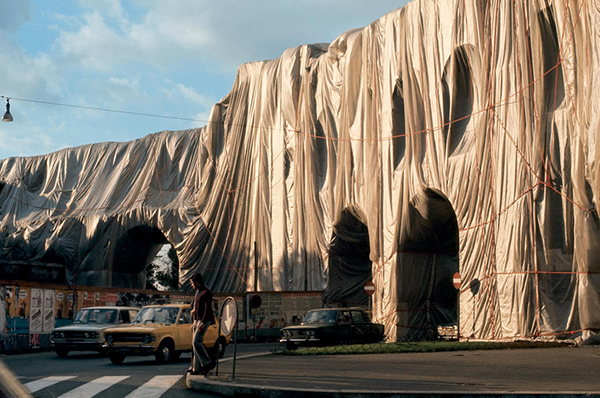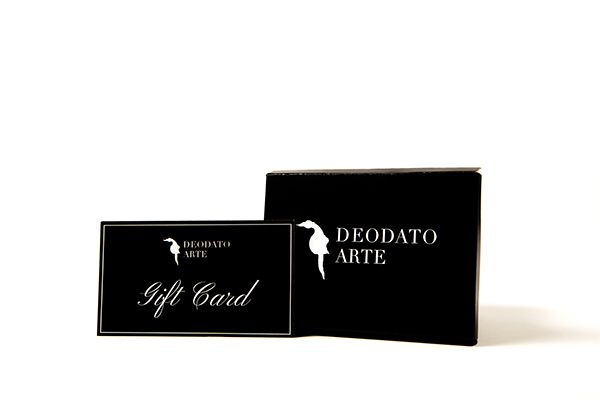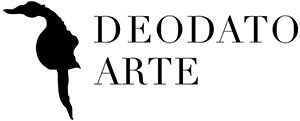
Christo, artist legend of the Land Art died at the age of 84 due to natural causes. Born in 1935 in Bulgaria, Christo Vladimirov Javacheff started in Paris his career joining the Nouveau Réalisme movement alongside artists such as Arman and Yves Klein.
In 1958 he met in Paris Jeanne-Claude (who passed away in 2009), the woman who will become his wife and partner for his artworks. Under their signature, some of the most iconic works of the so-called Land Art, an artistic movement that takes shape in ephemeral, often large-scale, environmental installations, came to life. Opposed to the contemporary Minimalism and Pop Art, this new way of communicating is based on interaction with the territory and the surrounding space, redrawing the relationship between man and nature.
Land Art and space alteration

Deeply free and independent, the two have always self-financed their projects: from the actual, temporary and monumental intervention, a series of works on more traditional supports (photographs, design drafts) are born, which are proofs of their installations and insights into their Land Art. Christo and Jeanne-Claude thus manage to finance their environmental works from the sale of these works, maintaining their autonomy.
Christo's most important works
Wrapping in monumental monochrome canvases (often white) entire buildings, but also islands and valleys, citizens and passers-by look at everyday spaces in a different light, rediscovering and reinterpreting them. Some of the most famous urban interventions include The Wall (1974), wrapping of a section of the Aurelian walls in Rome, and The Pont Neuf Wrapped (1985), a similar work on the well-known Parisian bridge.

We also remember Wrapped Vestibule (1990), wrapping of an entire art gallery in Sydney and The Umbrellas (1991), double installation in Japan and in the U.S.A. which reflects the similarities and differences in the culture and in the use of land of these two countries.
Finally, one of the last works by Christo, Floating Piers (2016) has created an evocative path suspended over the waters of Iseo Lake in Italy. Christo's walkway has thus literally allowed visitors to walk on the water, giving life to a new and unique relationship with the territory.











 Register
Register Wishlist
Wishlist Contact Us
Contact Us
